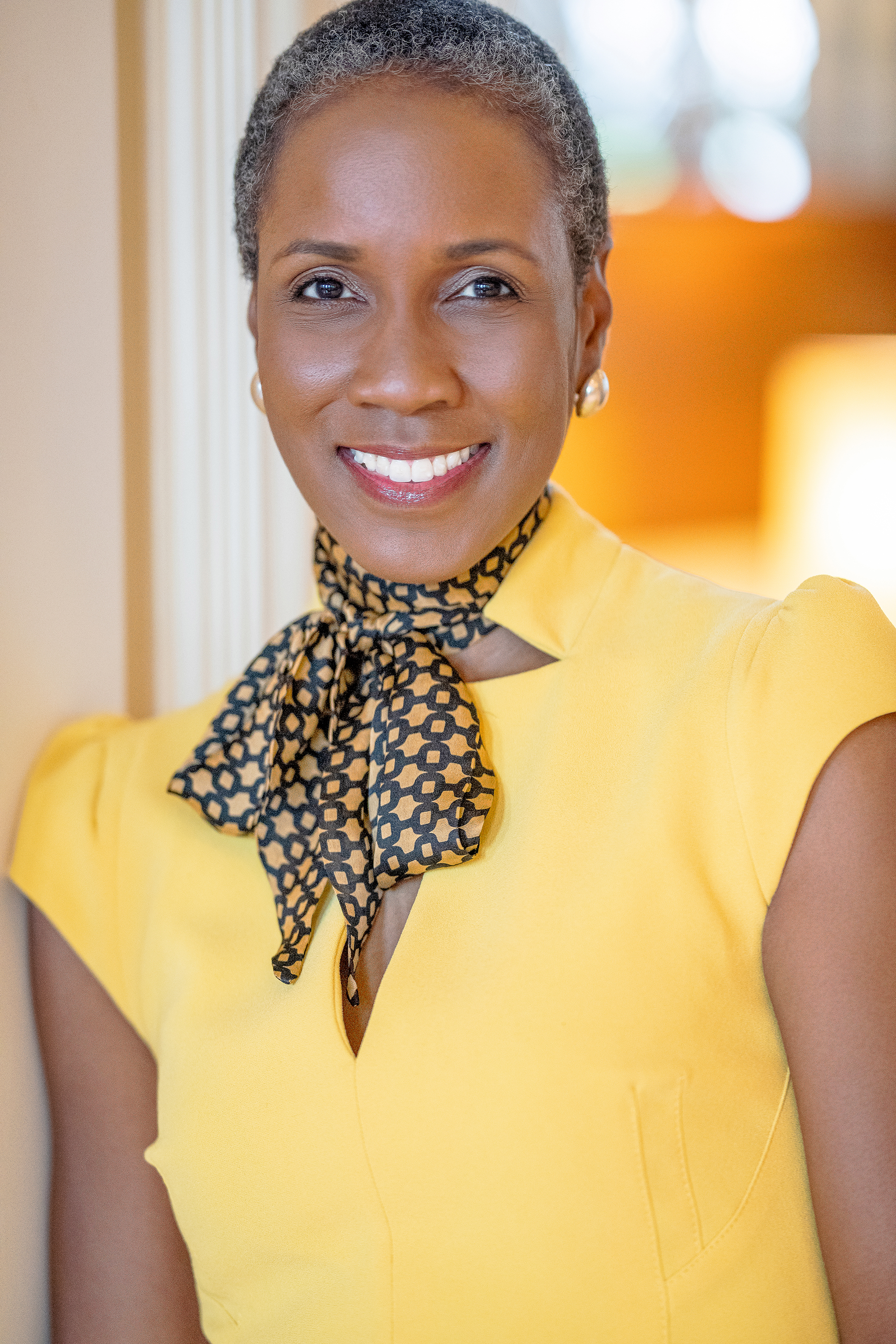|
Treating people with disabilities: A focus area for Physician Diversity Council
This is part of an ongoing series of articles on health care disparities in Michigan and how Blue Cross Blue Shield of Michigan and health care providers are working to address them.
Understanding the challenges faced by people with disabilities was the focus of the Blue Cross Physician Diversity Council meeting in February.
Based on the insights gleaned from the council meeting, the Blue Cross Office of Health and Health Care Disparities plans to increase its focus on people with disabilities over the year ahead. The insights will also be shared with medical school students and the physician community.
Here are some statistics from the National Council on Disability that underscore some of the problems encountered by people with disabilities as it relates to health care access, quality and outcomes:
- Adults with cognitive disabilities have a five times greater risk of developing Type 2 diabetes.
- Adults with disabilities have a three times higher risk of developing cardiovascular disease.
- Adults with disabilities are more than two times more likely to delay health care due to cost.
- Due to stigma and barriers, many people with disabilities use the health care system for disease management rather than disease prevention.
- People with disabilities face attitudinal, communication, physical, policy, social and transportation barriers.
“Since we formed the Office of Health and Health Care Disparities three years ago, we have closely examined how social determinants of health and unconscious bias are influencing the health care of Michigan residents,” said Bridget Hurd, Blue Cross vice president of Inclusion and Diversity. “As part of our commitment to improving our cultural competency to lessen health care disparities, we’re increasing our focus on the needs of persons with disabilities.” The Physician Diversity Council reviewed several articles in newspapers and medical journals that addressed the challenges faced by people with disabilities. For example: |  Bridget Hurd Bridget Hurd |
Telemedicine: Providing solutions and challenges
During the pandemic, many providers expanded telemedicine services, which proved to be a lifeline for many people with disabilities. Since people with disabilities are five times more likely to be admitted to a hospital than people without disabilities, according to the National Council on Disability, there’s clearly a need for accessible care among this population — and telemedicine can be part of the solution.
Unfortunately, some people with disabilities may find it difficult to access telehealth. One Pew Research Center study found that people with disabilities were 20% less likely to own a computer, smartphone or tablet, compared to people without disabilities.
In addition, telehealth isn’t always designed for people with disabilities. For example, people who are deaf, hard of hearing, blind or who have developmental disabilities may find video communication platforms challenging. And health systems and providers may not know how to set up and operate accessible digital systems.
Supporting access: Things to consider
As physicians work to better accommodate people with disabilities, here are some things to consider:
- Can someone who is deaf interact successfully with the staff member who helps patients check in?
- Does the counter include a space accessible for those in a seated position?
- Are documents available in simplified language for those with intellectual disability?
- Are chairs in waiting room placed too close together?
- Can your patient get up on the exam table safely?
- Do you extend the time necessary for more complex care management? Explore add-on codes with your billing specialist for treating patients with complex conditions.
- Providing extra time for people with disabilities can reduce unnecessary bounce-back visits.
- If you’re a pediatrician treating a young person nearing adulthood, how will you transition them to adult health care?
- Health care transition is a process — and for those with disabilities, even more care is needed. For more information visit gottransition.org.*
“You don’t have to be a disability expert to be a disability advocate and care for people with disabilities,” Hurd said. “Ask questions and don’t be afraid to reach out for help.”
|

 Bridget Hurd
Bridget Hurd